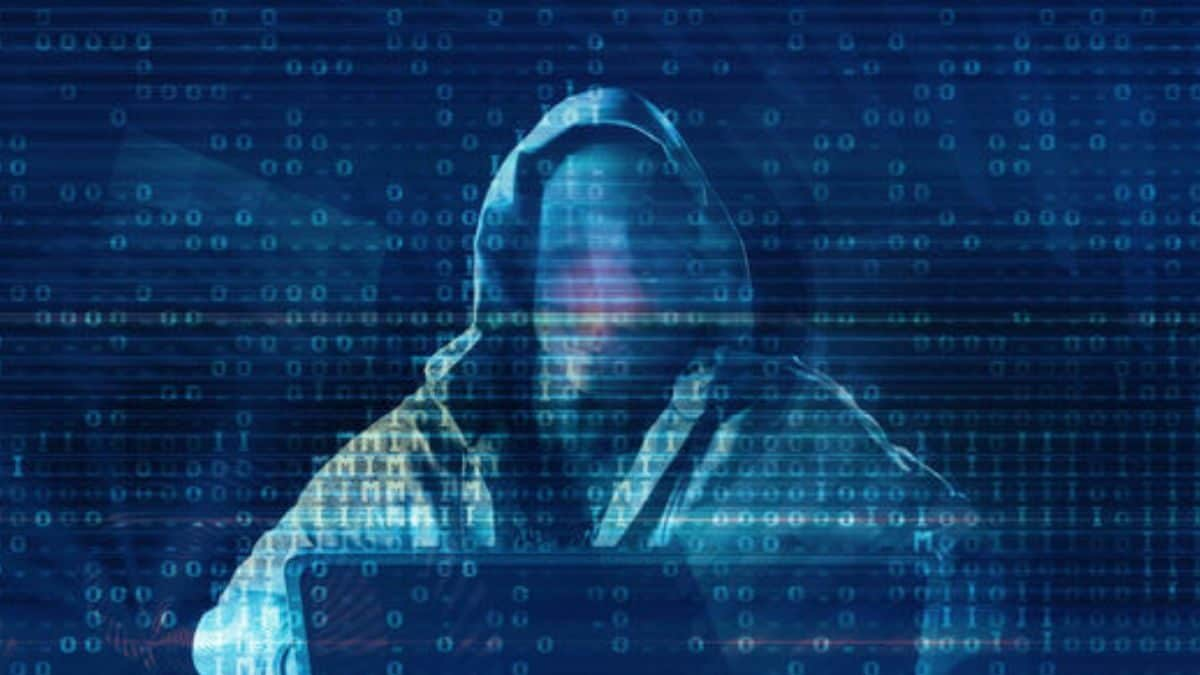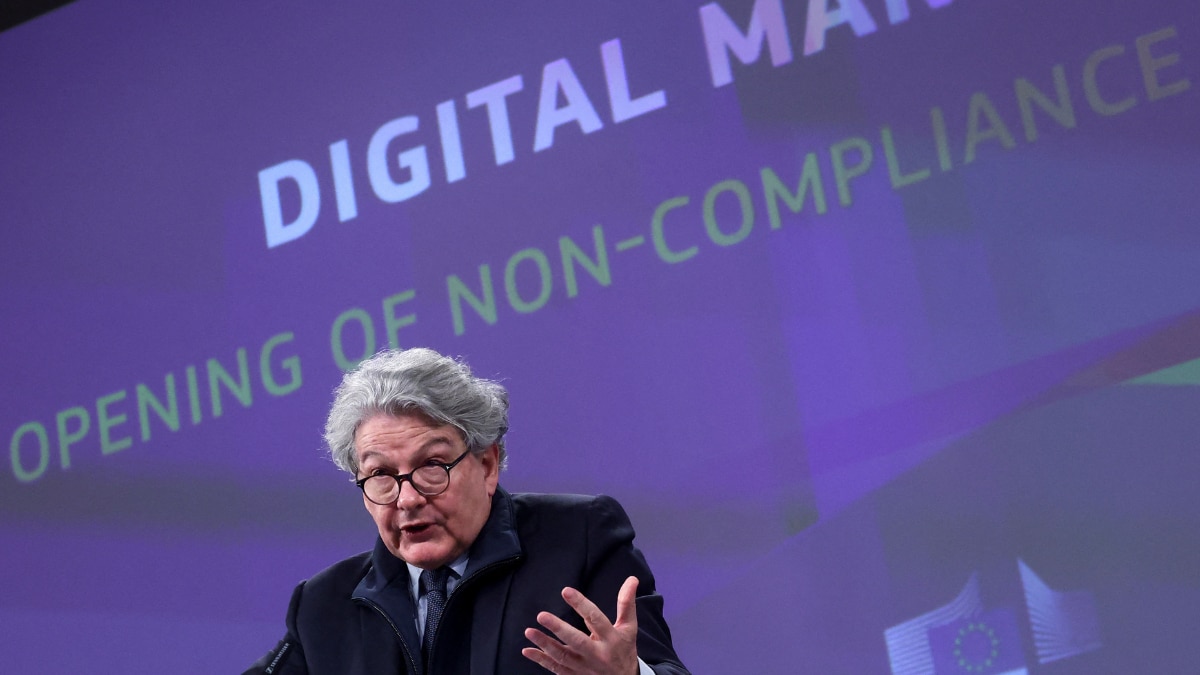primary steps involved in Pcba printed circuit board
The primary steps involved in Pcba printed circuit board are etching, drilling and plating. These tasks ensure that electrical signals pass through proper traces and components, preventing signal interference and improving overall reliability. They also protect the copper from environmental factors. In addition, they create a durable structure that supports the electronic components. The final product is a functional printed circuit board that can be used in various electronic devices.
In the first step, the printed circuit board pcba is etched. This process involves covering the necessary copper on a panel and then exposing the rest of it to a chemical. This removes all of the copper that isn’t covered, leaving only the essential copper for the board’s design. It’s important to take care during this step, as too much copper can lead to short circuits.
Once the copper is etched, technicians can begin the next step of the process. They will apply a layer of photoresist to the PCB panel. Then they will use a machine to image the PCB’s inner layer and solder mask. Once the imaging is complete, a technician will check over the boards to make sure there are no errors. If all of the images are correct, the boards will be sent to the next step.

What are the primary steps involved in Pcba printed circuit board?
When the inner layer is finished, it’s time to drill and plate the outer layers. Technicians will use the registration holes from earlier to align the inner and outer layers of the PCB. They will then use a chemical to fuse the different layers together, using copper as the material. This will protect the PCB from corrosion and other environmental factors.
After the outer layers are plated, they can be cleaned and inspected. Technicians will look for any holes that aren’t connected to other traces, and they will also test the electrical performance of the board. If any of the components fail to function properly, a technician will desolder and replace them. This is known as rework.
Once all of the components are placed, it’s time to connect the nets. This process converts the rubber-band net connections that were drawn on the rubber mat into a series of traces and planes. The CAD software programs that are used for this purpose have many features that enable the engineer to do this quickly and accurately.
Once the traces and planes are connected, the circuit board is ready to be assembled. This can be done through surface mount technology or plated through-hole (PTH). After the components are soldered, the board is tested again to make sure it works properly. If it doesn’t, the technician will rework the board to fix any issues that came up during the assembly and testing stages. Once the board is functional, it will be shipped to its customer. PCBAs are essential to many modern electronic devices, including phones, laptops and desktop computers. They are also used in medical, industrial and automotive equipment. When choosing a manufacturer for your PCBAs, you should consider cost, technology and turnaround time.



